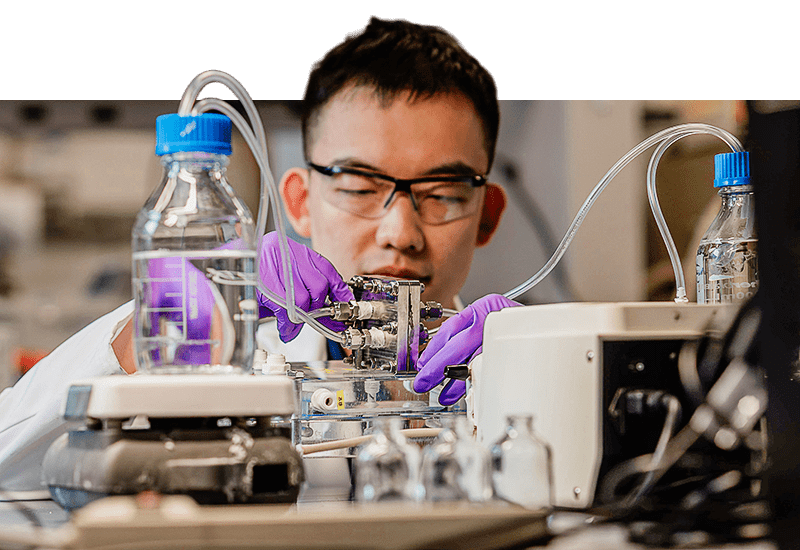Common junction in pipes may cause unrealized problems
By
on
In a discovery that could eventually have implications for both health and industrial safety, researchers at Princeton University have found that common T-junction intersections in pipes can trap bubbles and other particles even if the materials appear to be flowing freely.
The researchers caution that their findings at this point only involve laboratory results, and they have no data from industrial or other piping systems. However, T-junctions are widely found both in industry and in biology. In many cases, particle buildup or the development of air pockets can be extremely damaging.
“The idea that a site where fluid enters and is expected to leave at the same rate nevertheless leads to the trapping of low-density particles is surprising and naturally leads to many questions and possible ideas for applications,” said Howard Stone, the Donald R. Dixon ’69 and Elizabeth W. Dixon Professor in Mechanical and Aerospace Engineering at Princeton. “We are only at the beginning of our studies but we have already identified situations in which bubbles of different sizes are sorted, which suggests possible applications.”
Stone and his co-researchers used pipes of typical cross-sectional dimensions ranging from .4 millimeters to 4.8 millimeters to build several test junctions for their experiment. Using air bubbles in a water solution for testing, they observed the flow at the T-junctions and the effect that it had on the bubbles, which are considered low-density particles in the science of fluid dynamics.
 Using those direct observations, the researchers developed and tested mathematical models to simulate flows with different particles, fluids and flow rates relevant to piping systems. Stone said they were able to achieve a high correlation between the models and the experimental observations.
Using those direct observations, the researchers developed and tested mathematical models to simulate flows with different particles, fluids and flow rates relevant to piping systems. Stone said they were able to achieve a high correlation between the models and the experimental observations.
The researchers found that two vortices developed at the T-junctions. The vortices – spinning motions in fluid like a draining sink or a tornado – are counter-rotating, meaning they spin in directions opposite to one another.
In a paper published March 17 in the Proceedings of the National Academy of Sciences, the researchers found that these vortices act to trap particles within the flow. Depending on a number of characteristics of the particles, fluid and pipe system, the vortices can trap the particles temporarily or permanently.
The researchers describe a number of factors that play a role in whether the particles are trapped or escape the vortices. Among them are the particles’ size and density and the pressure change that occurs as the fluid passes through the T-junction (a function of the geometry of the pipes). Another critical factor is a property of the flow called the Reynolds number, which characterizes the fluid’s resistance to motion.
Bubbles show an additional interesting behavior, Stone said. As small bubbles accumulate in the vortices, they coalesce into larger bubbles and eventually into pockets of air. For some piping systems this can be destructive and could be addressed by changing the pipes’ geometry, the fluid’s flow conditions or by adding chemicals to prevent the bubbles from coalescing.
Stone said that the promise of the finding is that engineers will begin to study how adjustments to their systems can be used to prevent particle accumulation or encourage it as needed.
“Although two-phase flows, such as we have studied, are a well-known and long-studied topic in engineering, our observations are new and suggest unrecognized ways that flow systems can fail or respond in unusual ways,” he said. “Such new observations can only help us better describe flow systems.”
Stone said the researchers would continue to pursue the particle-trapping phenomenon with an eye on developing possible applications.
Besides Stone, the researchers included: Daniele Vigolo, a postdoctoral fellow at ETH Zurich and formerly a postdoctoral fellow in the Department of Mechanical and Aerospace Engineering at Princeton; and Stefan Radl, an assistant professor at Graz University of Technology.





